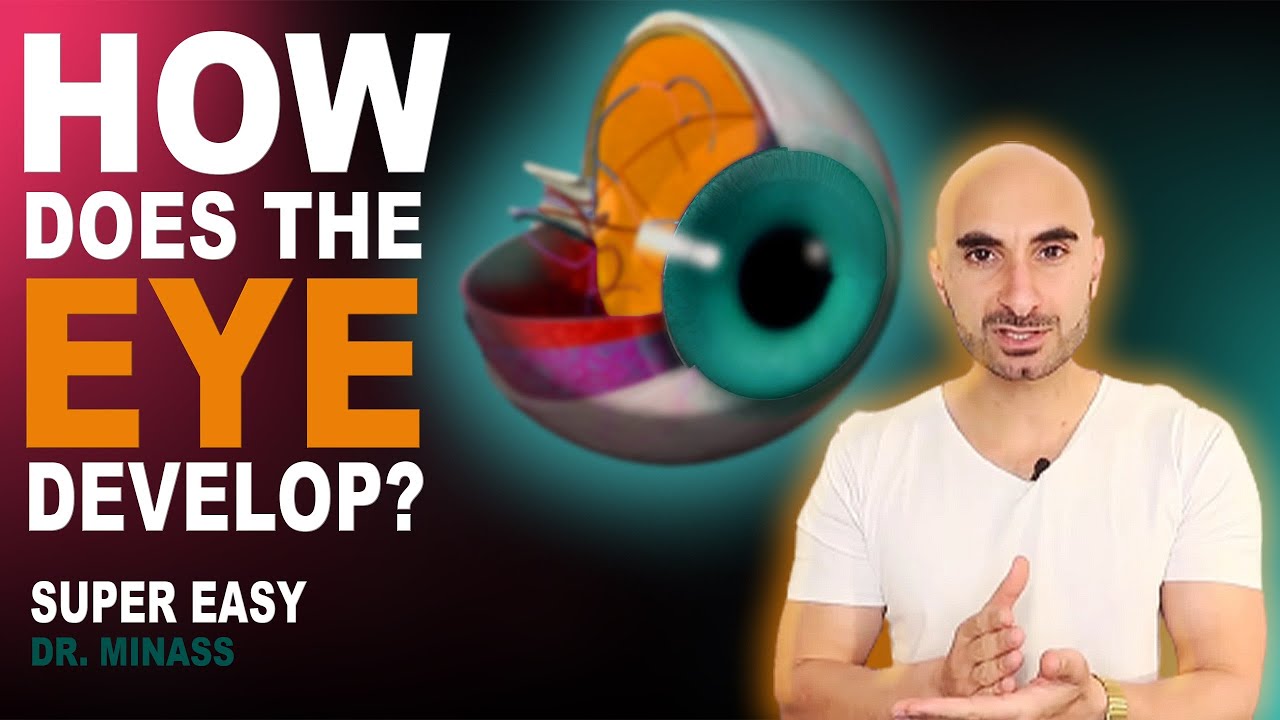Physiology Chapter 10 Sensory Physiology
Summary
TLDRThis video delves into the intricate workings of the human eye, focusing on the anatomy and functionality of the retina. It explains how the eye adapts to light, contrasting conditions like myopia and hyperopia. The script highlights the crucial roles of photoreceptors—rods for low-light vision and cones for high-acuity, color vision—emphasizing the significance of the fovea, where light directly hits the cones for optimal clarity. By unpacking these concepts, the video enhances our understanding of vision, the eye's structure, and how various conditions affect our sight.
Takeaways
- 👁️ Sensory physiology is essential for understanding how our body interacts with internal and external environments.
- 🔍 There are two categories of senses: special senses (vision, hearing, taste, smell, equilibrium) and somatic senses (touch, temperature, pain, itch, proprioception).
- 🌡️ Receptors are specialized for different stimuli: chemoreceptors (chemicals), mechanoreceptors (pressure), photoreceptors (light), and thermoreceptors (temperature).
- 📏 Receptive fields are crucial in sensory discrimination, determining how accurately we can perceive separate stimuli.
- ⚡ Pain perception involves nociceptors, which activate both reflexive responses and ascending pathways to the brain.
- 🚪 The Gate Control Theory explains how pain modulation occurs through interactions of inhibitory interneurons in the spinal cord.
- 🔄 Referred pain can confuse the source of pain, where discomfort from internal organs is felt in different body areas.
- 👃 The olfactory system links smell directly to the olfactory cortex, connecting it closely with memory and emotions.
- 👅 The gustatory system identifies five taste modalities: sweet, sour, salty, bitter, and umami, through transduction of signals into action potentials.
- 👓 Vision correction is necessary for conditions like hyperopia (farsightedness) and myopia (nearsightedness), requiring convex and concave lenses, respectively.
Q & A
What is myopia and how does it affect vision?
-Myopia, or nearsightedness, is a condition where the focal point of light entering the eye falls before the retina, making distant objects appear blurry. This occurs because the eye is either too long or the cornea is too curved.
How can myopia be corrected?
-Myopia can be corrected using a concave lens, which helps to diverge light rays slightly so that they focus correctly on the retina.
What are the two main types of photoreceptors in the retina?
-The two main types of photoreceptors are rods and cones. Rods are responsible for low-light vision and black-and-white perception, while cones are responsible for color vision and high acuity.
Why are there more rods than cones in the retina?
-Rods are more numerous because they are specialized for night vision and low-light conditions, whereas cones are fewer and specialized for color and high-acuity vision during the day.
What role do ganglion cells play in the retina?
-Ganglion cells are responsible for transmitting visual information from the retina to the brain. They are located in front of the photoreceptors but do not directly participate in the light detection process.
What is the significance of the fovea in the retina?
-The fovea is the area of the retina with the highest acuity and sharpest vision because it is densely packed with cones and has ganglion cells displaced, allowing light to hit photoreceptors directly.
What types of cones are present in the human retina?
-The human retina contains three types of cones, each sensitive to different wavelengths of light: blue cones, green cones, and red cones, allowing for the perception of color.
How does light travel through the eye to reach the retina?
-Light enters the eye through the cornea, passes through the pupil, and is focused by the lens before reaching the retina, where it activates the photoreceptors.
What is the function of rods in vision?
-Rods are primarily responsible for vision in low-light conditions and contribute to peripheral and night vision, as they are more sensitive to light than cones.
Why is the fovea exclusively composed of cones?
-The fovea is composed exclusively of cones to maximize visual acuity and color detection during daylight, making it the area of sharpest vision in the retina.
Outlines

Dieser Bereich ist nur für Premium-Benutzer verfügbar. Bitte führen Sie ein Upgrade durch, um auf diesen Abschnitt zuzugreifen.
Upgrade durchführenMindmap

Dieser Bereich ist nur für Premium-Benutzer verfügbar. Bitte führen Sie ein Upgrade durch, um auf diesen Abschnitt zuzugreifen.
Upgrade durchführenKeywords

Dieser Bereich ist nur für Premium-Benutzer verfügbar. Bitte führen Sie ein Upgrade durch, um auf diesen Abschnitt zuzugreifen.
Upgrade durchführenHighlights

Dieser Bereich ist nur für Premium-Benutzer verfügbar. Bitte führen Sie ein Upgrade durch, um auf diesen Abschnitt zuzugreifen.
Upgrade durchführenTranscripts

Dieser Bereich ist nur für Premium-Benutzer verfügbar. Bitte führen Sie ein Upgrade durch, um auf diesen Abschnitt zuzugreifen.
Upgrade durchführenWeitere ähnliche Videos ansehen

Muscles of the eye - extraocular muscles and movements

Embryology of the Eye (Easy to Understand)

Anatomia do Olho - Como Funciona o Olho Humano

Eye Dissection || The Eyes Have It [EDU]

Conoce tu visión con caratula

Cahaya dan Alat Optik: Indra Penglihatan Manusia (Bagian-Bagian Mata) - SMP Kelas 8 | Part 1
5.0 / 5 (0 votes)
